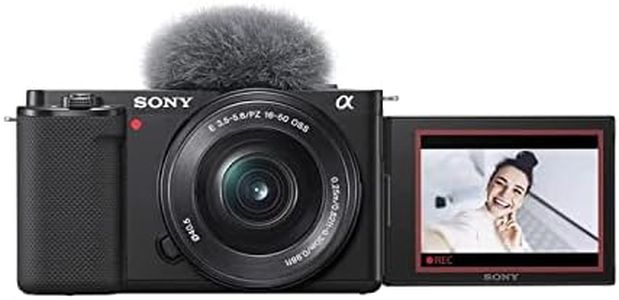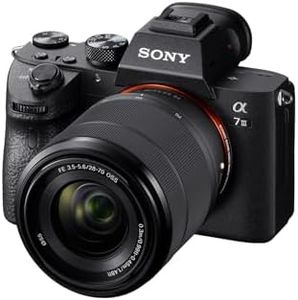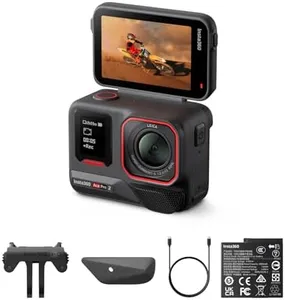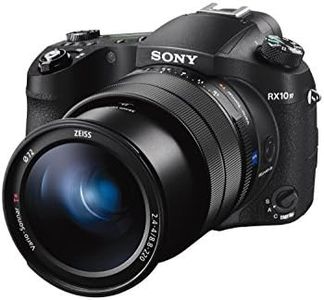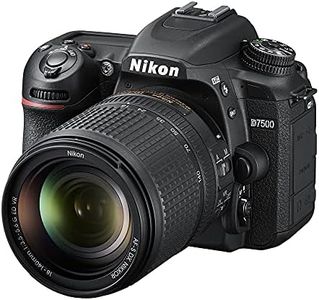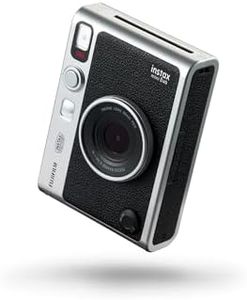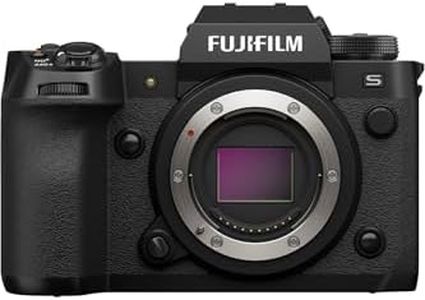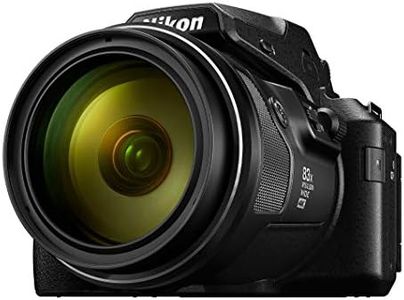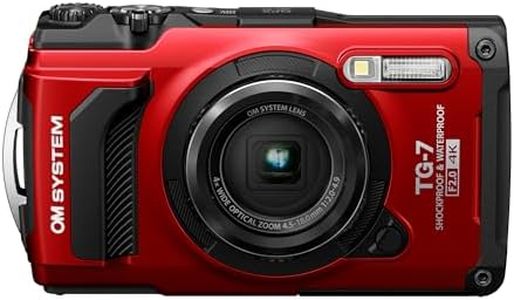Buying Guide for the Best Cameras
Choosing the right camera can be a rewarding experience, as it allows you to capture moments and express your creativity. The key to finding the best camera for you is to understand your needs and how different specifications can meet those needs. Whether you're a beginner looking to explore photography or a professional seeking advanced features, knowing what to look for will help you make an informed decision.Sensor SizeThe sensor size in a camera is crucial because it affects the image quality, depth of field, and low-light performance. Larger sensors, like full-frame or APS-C, generally provide better image quality and perform well in low-light conditions, making them ideal for professional photographers or enthusiasts who prioritize image quality. Smaller sensors, like those in compact cameras or smartphones, are more portable and can be sufficient for casual photography or travel. Consider what you value more: image quality or portability, and choose a sensor size that aligns with your priorities.
MegapixelsMegapixels refer to the resolution of the camera's sensor, indicating how many millions of pixels the camera can capture. While more megapixels can mean more detail, especially for large prints or cropping, they are not the sole determinant of image quality. For most users, a camera with 12-24 megapixels is sufficient for everyday photography and sharing online. If you plan to print large photos or need to crop images significantly, you might want a camera with higher megapixels. However, remember that other factors like sensor size and lens quality also play a significant role in the final image quality.
Lens OptionsThe lens is a critical component of a camera, affecting the sharpness, depth of field, and overall look of your photos. Interchangeable lens cameras, like DSLRs and mirrorless models, offer flexibility to choose lenses that suit different photography styles, from wide-angle landscapes to telephoto wildlife shots. Fixed lens cameras, such as compacts or bridge cameras, are more convenient and often more affordable, making them suitable for beginners or those who prefer simplicity. Consider what types of photography you are interested in and whether you want the flexibility to change lenses or prefer the convenience of a fixed lens.
ISO RangeISO range determines a camera's sensitivity to light, affecting its performance in different lighting conditions. A wider ISO range allows for better performance in low-light situations, reducing the need for a flash and minimizing noise in the image. Cameras with a high ISO range are beneficial for indoor or night photography. If you often shoot in varied lighting conditions, look for a camera with a broad ISO range. However, if you mostly shoot in well-lit environments, a standard ISO range will suffice.
Autofocus SystemThe autofocus system in a camera determines how quickly and accurately it can focus on a subject. A fast and reliable autofocus system is essential for capturing sharp images, especially in action or sports photography. Cameras with advanced autofocus systems, featuring multiple focus points and tracking capabilities, are ideal for dynamic subjects. For general photography, a basic autofocus system with fewer focus points may be adequate. Consider the types of subjects you plan to photograph and choose a camera with an autofocus system that meets those needs.
Video CapabilitiesVideo capabilities are important if you plan to use your camera for recording videos as well as taking photos. Look for features like resolution (e.g., 4K or Full HD), frame rates, and additional options like slow motion or time-lapse. Higher resolution and frame rates provide better video quality and smoother motion, which is beneficial for professional videography or content creation. If video is a secondary concern, a camera with basic video features may be sufficient. Consider how much emphasis you want to place on video recording when choosing a camera.
Battery LifeBattery life is an important consideration, especially if you plan to use your camera for extended periods or in situations where recharging is not convenient. Cameras with longer battery life are advantageous for travel, events, or outdoor photography. Mirrorless cameras often have shorter battery life compared to DSLRs due to their electronic viewfinders. If you frequently shoot for long durations, consider a camera with a robust battery life or the option to carry spare batteries. For casual use, a standard battery life may be sufficient.
Build Quality and Weather SealingBuild quality and weather sealing are important for durability and protection against the elements. Cameras with robust build quality and weather sealing are ideal for outdoor or adventure photography, as they can withstand harsh conditions like rain, dust, or extreme temperatures. If you plan to use your camera in challenging environments, look for models with these features. For indoor or casual use, a standard build quality without weather sealing may be adequate. Consider where and how you plan to use your camera when evaluating these aspects.


